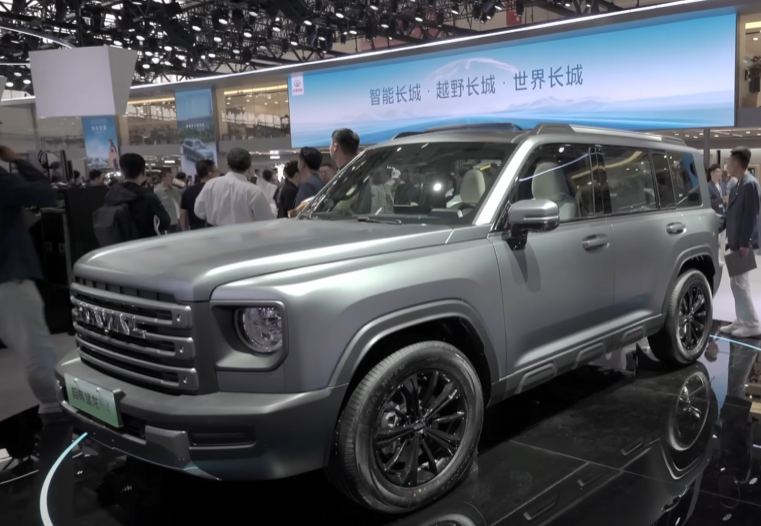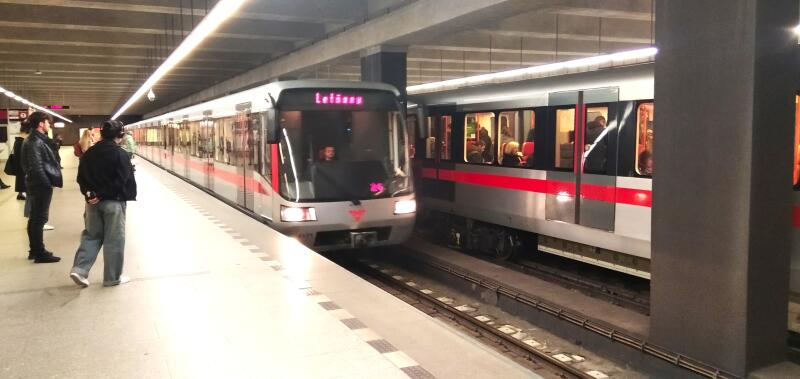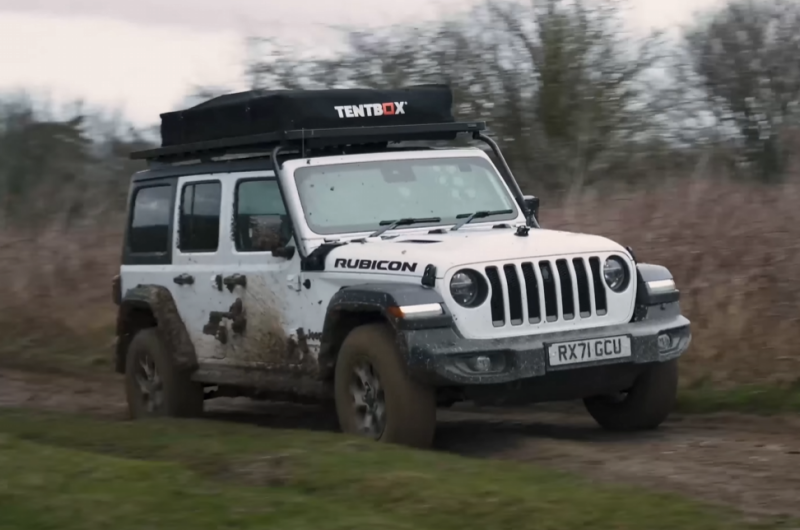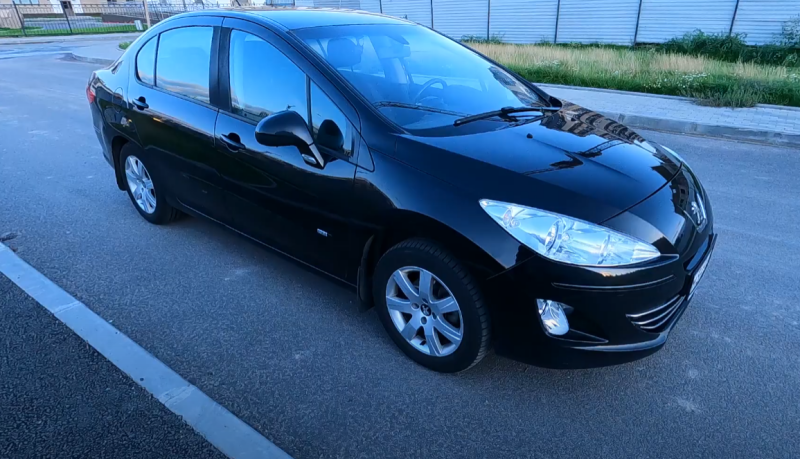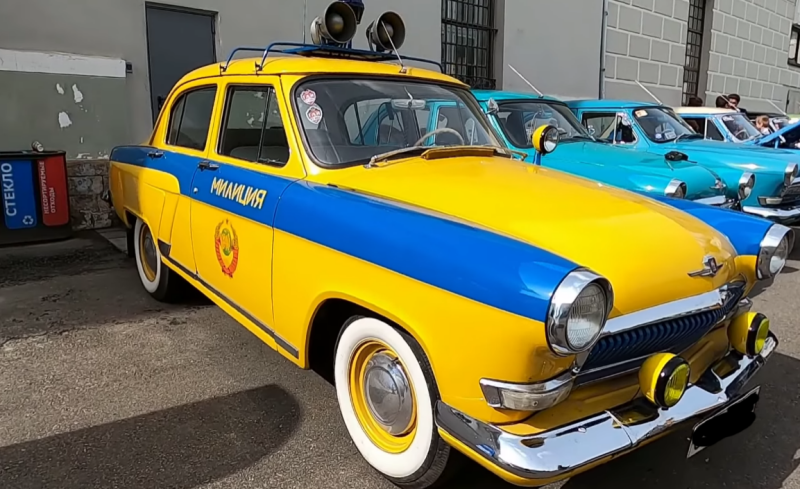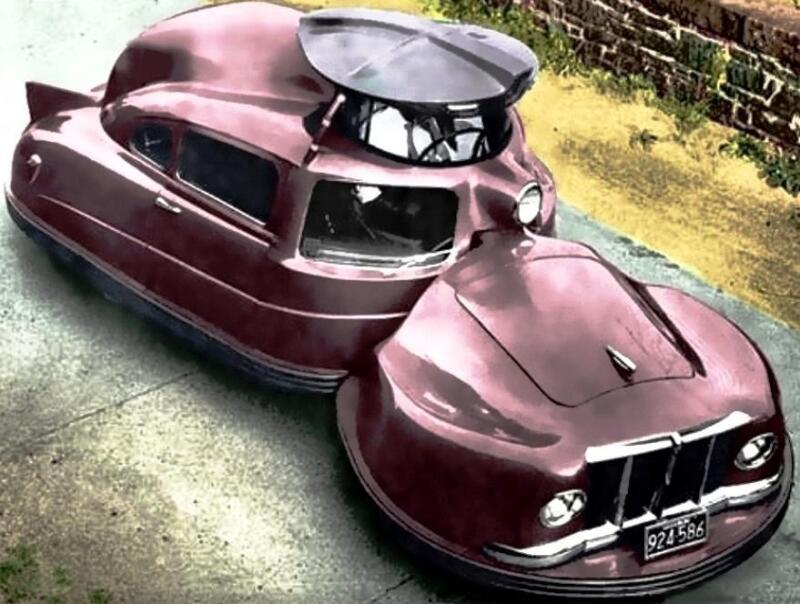In the domestic Chinese market for electric vehicles, the VW Group is still the leader (remember that it includes Audi). However, most experts believe that the championship will not last long: BYD is literally “breathing down the neck” of its closest competitors.
History in brief
The company began its activities in 1995. Its founder is Wang Chuanfu, who studied at an elite Chinese educational institution - Central South University (Changsha). He is known for his chemical research aimed at improving batteries. Therefore, BYD was initially involved in the production of batteries for Motorola. However, Van dreamed of making his own cars.
 Today, BYD's workshops are completely robotic: there are no people in sight. Photo: YouTube/com
Today, BYD's workshops are completely robotic: there are no people in sight. Photo: YouTube/comIn 2003, the company acquired a company in Xi'an that produced cars with internal combustion engines running on gasoline. However, not everything went well right away. The previous owner managed to prove himself from the worst side and sales were slow. However, the Chinese car market developed, and with it, at the very least, BYD. The next stage of development can be considered the purchase of a 10% stake for $230 million by entrepreneur Warren Buffett. The deal not only financially supported the development of the company, but also gave it some fame in the world market.
Production growth and problems
But battery-powered cars at that time were not cheap, and the model range was very limited. Obviously, the time for all-electric cars has not yet come. Nevertheless, production increased.
Mr Chuanfu said at the time that it would enter the US market in a couple of years.
The head of BYD had to reconsider his promise in 2011: the company focused on hybrids. However, Wang made a reservation: the Chinese market has “huge potential” for the purchase of electric cars. By 2012, the number of cars produced in China began to fully satisfy the demand for them. Buyers have become more discerning and sales of BYD products (including shares) have fallen. The reason is that transnational associations offered more “fashionable”, stylish models. Something had to be done urgently. The first thing Van did was invite car designer (he worked at Audi) Wolfgang Egger.
 Today, BYD (model SONG) has everything in order with its design. Photo: YouTube/com
Today, BYD (model SONG) has everything in order with its design. Photo: YouTube/comAnd he hired a hundred of his like-minded people - engineers who are not afraid of drastic decisions. As a result, all BYD models received a new appearance and underwent technical changes.
Epic with batteries
The head of the company constantly solved the main problem with the battery - reducing its cost. Therefore, they began to replace expensive elements in batteries with cheaper ones. Lithium, manganese, nickel, and cobalt were replaced by phosphate and iron. The first experience was not particularly successful: the batteries had to be charged too often.
 Hybrid BYD Seal – 3,6 l/100 km. Photo: YouTube.com
Hybrid BYD Seal – 3,6 l/100 km. Photo: YouTube.comIn 2020, BYD began producing Blade batteries, which were a compromise between cost and operating time (the distance covered by an electric vehicle). In the same year, Tesla stepped up sales of its “purely” electric cars, which inspired the population of China. But BYD didn’t sleep and prepared a line of new chemical batteries. It turned out to be a kind of “division of labor”: the Chinese sold relatively inexpensive electric cars with cheap lithium iron phosphate batteries. Tesla focused primarily on VIP cars with a significant power reserve.
BYD models
The Swiss bank UBS, which conducted a study of global car markets last year, “suddenly” discovered: the Seal electric car from BYD is 3% cheaper than its European analogue VW ID.35. Where do these savings come from?
 The VW ID.3 electric car is smaller and more expensive than its Chinese counterpart. Photo: YouTube.com
The VW ID.3 electric car is smaller and more expensive than its Chinese counterpart. Photo: YouTube.comLithium iron phosphate batteries played their role only partially. It’s no secret: the PRC has cheaper labor, although it is slowly but steadily rising in price: the Chinese have long stopped “working for a cup of rice.” China is full of foreign automakers and the competition for qualified employees is quite fierce.
 Hybrid BYD Seal – 3,6 l/100 km. Photo: YouTube.com
Hybrid BYD Seal – 3,6 l/100 km. Photo: YouTube.comThe company has its own separate “city” in Shenzhen. This is an area with a monorail that spans the adjacent 18-story buildings where BYD workers live. Therefore, the delivery of workers to offices, laboratories and research centers is hassle-free and efficient.
Hybrid cars and drones
There is an opinion that cars with internal combustion engines, supplemented by separate engines powered by a battery, are much more expensive than their “purely” electric or purely gasoline (diesel) “brothers”. This is difficult to judge, but let's look at the facts. The huge Chinese car market (the largest in the world) represents 40% of cars with electric or hybrid powertrains. Experts suggest that next year the share of such equipment will exceed 50%.
BYD, like almost all Chinese automakers, does not export its passenger cars to the United States, limiting itself to buses. But to other countries - please!
BYD's sales growth is staggering: over the past couple of years, the increase has amounted to a million cars per year. This happened only at General Motors in 1946, and then only due to the end of World War II.
 Every minute, approximately 7 cars roll off BYD's production lines. Photo: YouTube.com
Every minute, approximately 7 cars roll off BYD's production lines. Photo: YouTube.comAs for drones, BYD is still treating them with “coolness”, preferring to concentrate on cars with advanced assistant options. The head of the company said in January of this year that they have 4 thousand specialists developing cars with limited autonomous driving. $14 billion has been invested in this matter.
About subsidies
The rapid development of BYD could not help but interest the West and prompted us to look for the reasons for its success. The EU conducted an investigation based on reports from a Chinese company published in the media. From 2008 to 2022, the automaker received government assistance in the amount of 2,6 billion greenbacks. And this is not to mention indirect “indulgences” such as “ensuring” that taxi fleets in Shenzhen (the headquarters there) purchase only BYD models. The company's management ignores information about subsidies and does not comment in any way.
 The Seagull electric car is available to the Chinese, but to the Russians? Photo: YouTube.com
The Seagull electric car is available to the Chinese, but to the Russians? Photo: YouTube.comIn the Chinese car market today there is a serious war for buyers between Tesla and BYD. The latter is in a better position because it has more experience in producing hybrids that are in demand in the country. Often both companies have to make discounts, sometimes even at a loss. For example, one of the latest BYD models, the Seagull subcompact electric passenger car, is sold in China for 11 thousand greenbacks.
About shipbuilding
What does this have to do with it - the reader will ask: but everything is very simple - if you attack, then on all fronts, the Chinese automaker decided and released the Explorer No. 1 carrier vessel. This is one of the largest ships of its kind in the world and BYD is not going to stop there.
 Explorer No. 1 is moving along its assigned route. Photo: YouTube.com
Explorer No. 1 is moving along its assigned route. Photo: YouTube.comAnd today, transport capable of carrying up to 5 thousand electric cars is moving towards Holland, where it should dock on February 21 of this year.
Summary
In the domestic market of the People's Republic of China, BYD is rapidly gaining a leading position, and very carefully, without “making sudden movements.” You can be sure that in the PRC this company will take first place in terms of sales volume in the near future. What about the prospects for export? Elon Musk spoke on this topic in January 2024, who noted that if “trade barriers are not erected,” the Chinese auto industry will “destroy” other companies in the world.

